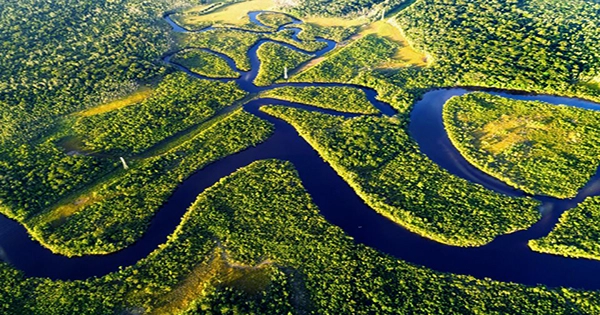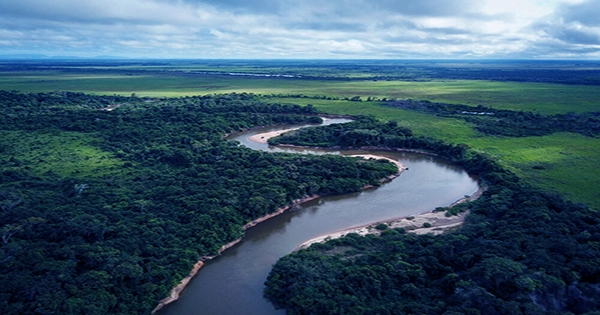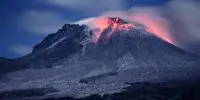While the world’s attention is focused on tragedies such as COVID-19 and Russia’s invasion of Ukraine, a far more serious threat is looming. According to scientists, three-quarters of the Amazon rainforest is on the verge of burning without the ability to regenerate, converting to grasslands instead. For decades, climate models have predicted that the Amazon’s resilience will be weakened by a mix of local deforestation and global warming, putting it in jeopardy. Rainforest trees expel massive volumes of water, the most of which falls as rain nearby. When one section of rainforest is destroyed, the remainder of the rainforest receives less rain.
At some time, the decline in rainfall will be so significant that extensive regions will dry up and burn, triggering a vicious cycle that will eventually result in the extinction of the rainforest. Although commonly acknowledged, factual confirmation, let alone demonstrating how near we are to such a tipping point, has proven difficult. A recent research published in the journal Nature Climate Change shows that we are dangerously near. The resilience of rain forest patches was tested by how local forests responded to changes in meteorological conditions on a monthly basis, using 25 years of satellite data from the University of Exeter.

Resilience refers to a forest’s ability to recover from disturbances such as natural catastrophes, human intervention, and harsh weather conditions. Ecosystems that are approaching tipping points require longer to recover from disruptions. More than three-quarters of the Amazon rainforest has been losing resistance since 2000, according to the research. The authors found that resilience loss was greatest within 200 kilometers (124 miles) of big farms and populations, as well as in naturally drier areas, where any decline in rainfall is felt more acutely. According to the report, the loss of resilience is greater than the loss of biomass in the rainforest.
The authors make no attempt to forecast an exact time when the forest would hit the tipping point based on present trends, and any response would vary across the forest’s wide expanse. “Because the Amazon rainforest is such a complicated system, it’s extremely difficult to forecast whether or not a tipping point will be reached,” Exeter University’s Dr Chris Boulton said in a statement. This research does have one reassuring feature. “Our research reveals that the Amazon is reaching a tipping point, but that it has not yet passed it,” said Potsdam Institute for Climate Impact Research Professor Niklas Boers.
The final section is a powerful rebuttal to those who believe it is now too late to prevent significant regions from becoming savannah. Despite severe droughts between 2005 and 2010, total rainfall has been relatively stable. The authors’ proposed remedies are well-known: significant reductions in greenhouse gas emissions and the preservation of as much of the Amazon rainforest as feasible. The latter’s prospects may improve following Brazil’s presidential election in October, but they are severely impeded until then by current President Jair Bolsonro’s anti-conservation stance.
For example, initiatives to acquire critical regions and return them to indigenous sovereignty might provide greater options to safeguard the 40% of the rainforest that is outside of Brazil’s borders. For many people who live in the Amazon, reaching the tipping point would be disastrous. It’s bigger than the rest of the world’s tropical rainforests put together. As a result, it is one of two worst scenarios for the richness of life on Earth, alongside the loss of coral reefs, with innumerable species of plants, animals, and microbes certain to become extinct. Furthermore, when forests burn and are replaced by grasslands that store less carbon, it will be an amplifier of global warming, releasing 90 billion tonnes of carbon dioxide into the sky.
















